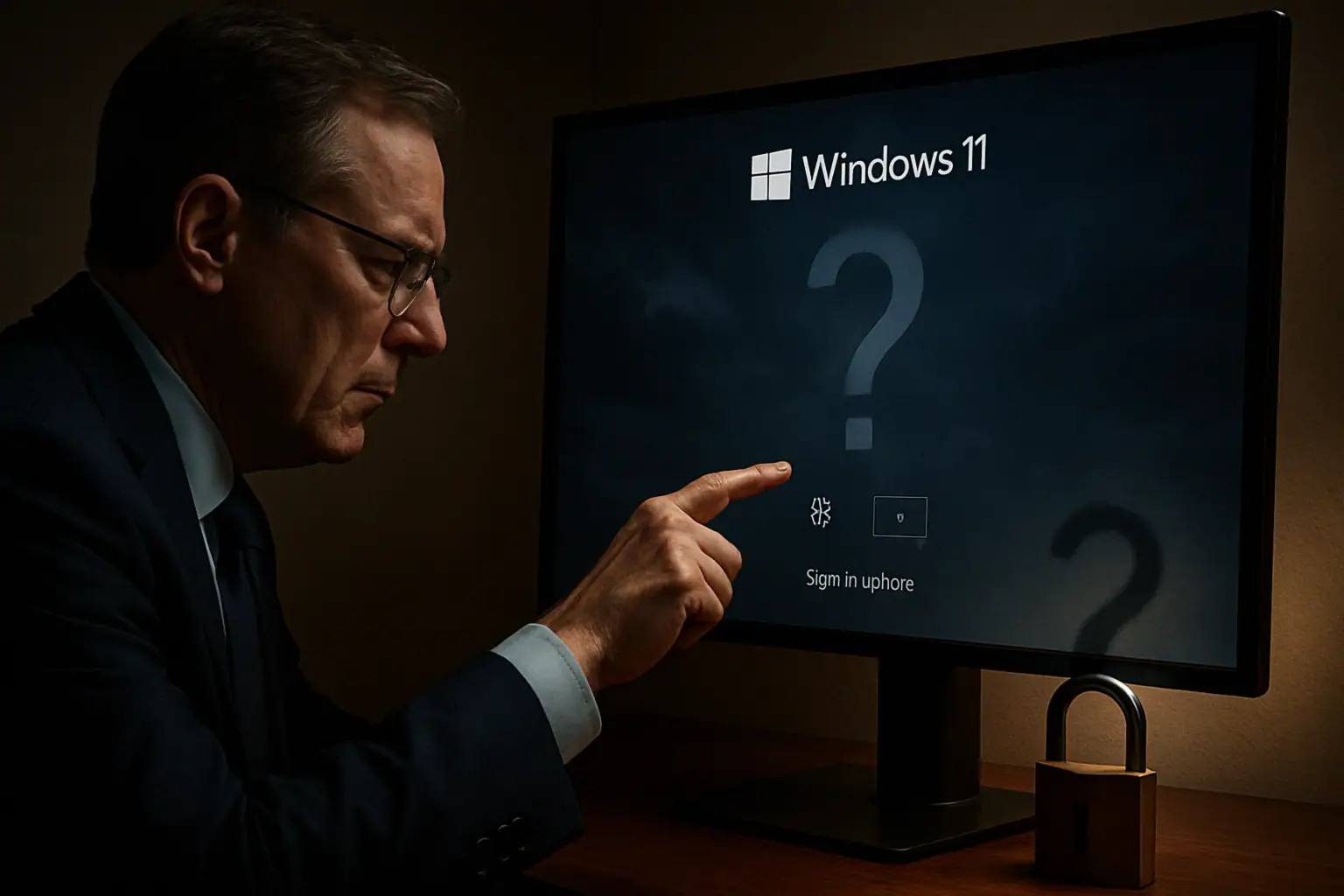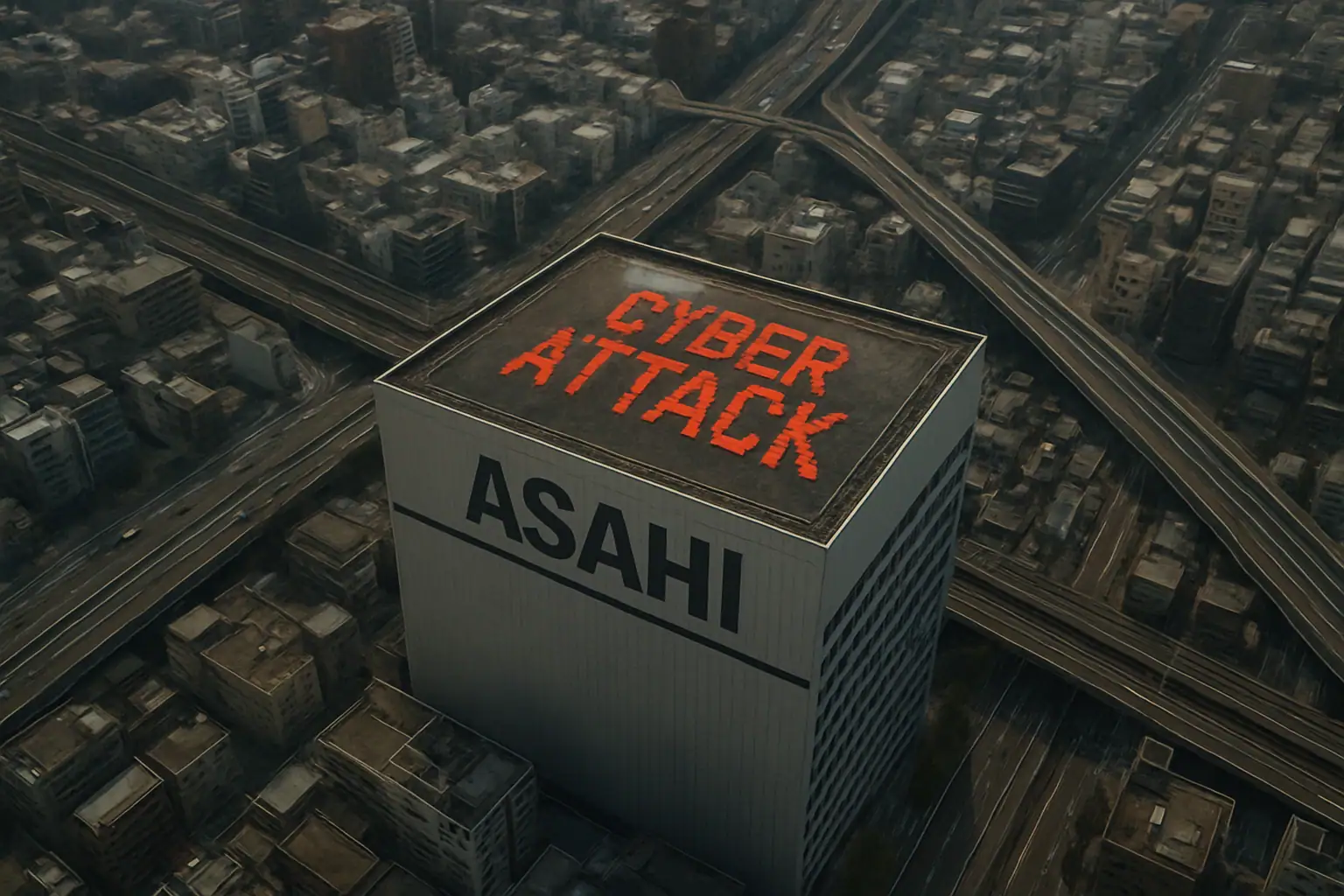Blizzard Entertainment has implemented significant security policy changes for World of Warcraft Classic’s hardcore mode following a series of sophisticated Distributed Denial of Service (DDoS) attacks. These targeted cyber assaults have resulted in unprecedented character losses and severe gameplay disruptions, highlighting the growing challenges of maintaining security in modern gaming environments.
Anatomy of the DDoS Campaign Against WoW Classic
The attacks demonstrated an unusual level of sophistication, specifically targeting Blizzard’s hardcore servers where character death is permanent. According to Clay Stone, WoW Classic’s Production Director, these coordinated DDoS attacks were methodically timed to coincide with peak player activities, maximizing their disruptive impact. The attack patterns suggest a detailed understanding of the game’s infrastructure, raising concerns about potential insider knowledge.
Technical Impact Analysis and Server Vulnerabilities
The DDoS campaign exposed several critical vulnerabilities in WoW Classic’s server architecture. The attacks primarily exploited network layer weaknesses, overwhelming server resources during high-traffic events such as major raid activities. The streaming community, particularly the OnlyFangs guild, experienced severe disruptions during live broadcasts, demonstrating the attackers’ ability to predict and target specific in-game events.
Implementation of Enhanced Security Measures
Blizzard’s response includes a multi-layered security approach combining both technical and policy solutions. The company has introduced a selective character restoration system specifically designed to address deaths caused by verified malicious network attacks. This system employs advanced logging and verification protocols to maintain the integrity of the hardcore mode while protecting players from bad actors.
Technical Mitigation Strategies
The new security infrastructure implements several key improvements:
– Enhanced DDoS mitigation through advanced traffic filtering
– Implementation of adaptive rate limiting
– Deployment of additional edge security nodes
– Real-time traffic analysis and automated response systems
While these measures represent significant progress in protecting gaming infrastructure from cyber threats, the incident underscores a broader challenge facing the gaming industry. The evolution of DDoS attacks continues to outpace traditional defense mechanisms, necessitating constant innovation in security protocols. Gaming companies must maintain vigilance and adapt their security strategies to address emerging threats while balancing gameplay integrity with player protection.






